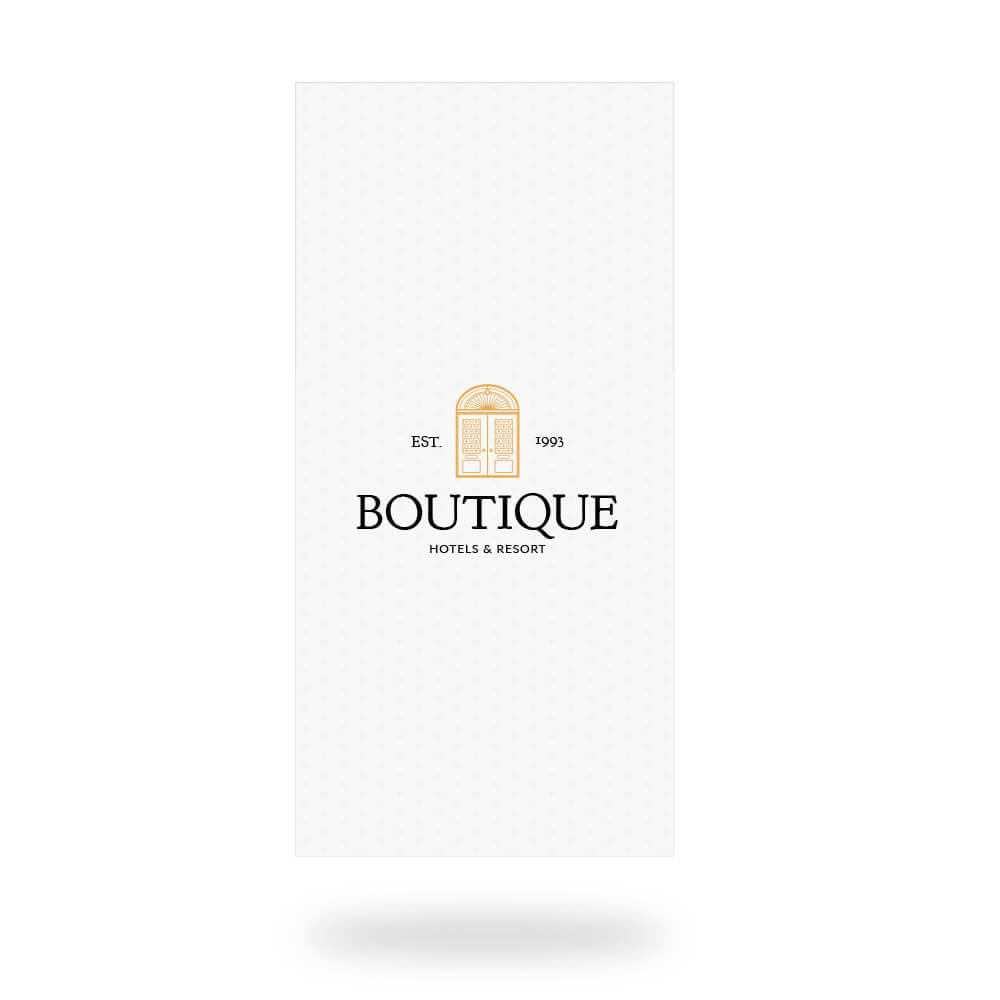The Evolution and Importance of Food Packaging Boxes
In today’s fast-paced world, food packaging plays an essential role in how we store, transport, and consume food products. Among the various types of packaging, food packaging boxes are particularly significant. They not only serve functional purposes but also enhance the overall consumer experience. This article explores the evolution, importance, and emerging trends of food packaging boxes.
Historical Perspective
Food packaging has come a long way since the days of simple wrappings and containers. Traditionally, food was wrapped in leaves, cloth, or even stoneware, which were not very effective in preserving freshness. The introduction of cardboard boxes in the 19th century marked a turning point. Cardboard was lightweight, cost-effective, and relatively durable, allowing for safer transport and storage. Over time, manufacturers began to recognize the need for packaging that could not only protect food but also attract consumers and convey brand messages.
Functional Benefits
One of the primary functions of food packaging boxes is to protect the contents inside. Packaging serves as a barrier against external elements such as moisture, light, and air, which can spoil food or affect its quality. For example, airtight boxes can keep food fresh for longer periods, preventing spoilage and waste. This aspect is especially crucial for perishable items like fruits, vegetables, and baked goods.
Moreover, food packaging boxes facilitate ease of transportation. They are designed to stack efficiently, maximizing space during shipping and storage. For businesses, this translates into cost savings and improved logistics, ultimately benefiting consumers with lower prices.
Branding and Marketing
In an age of fierce competition, food packaging boxes have evolved into powerful marketing tools. Companies invest significant resources in designing attractive packaging to capture consumer attention. A well-designed package can evoke emotions, tell a story, and create a memorable experience. Brands use colors, shapes, and textures to differentiate their products from competitors. The importance of eye-catching designs cannot be overstated in a retail environment where consumers make quick decisions.
food packaging boxes

Additionally, packaging often provides critical information, including nutritional facts, ingredients, and usage instructions. Clear and appealing labeling can enhance a brand's credibility and encourage customers to make informed choices.
Sustainability Concerns
As environmental awareness grows, the importance of sustainable packaging has come to the forefront. Many consumers now prefer packaging that is recyclable, biodegradable, or made from renewable resources. As a response, manufacturers are developing food packaging boxes made from eco-friendly materials such as recycled cardboard, plant-based plastics, and other sustainable options. These innovations not only minimize environmental impact but can also enhance brand loyalty, as eco-conscious consumers are more likely to support businesses that prioritize sustainability.
Emerging Trends
The future of food packaging boxes will likely be shaped by technological advancements and changing consumer preferences. Smart packaging is an exciting development, featuring QR codes and sensors that provide real-time information about the product’s freshness or safety. This technology increases transparency between producers and consumers, enhancing trust and accountability.
Another trend is the rise of customized packaging solutions. Brands are tailoring their boxes to suit specific products or customer preferences. This customization can involve unique shapes, sizes, and designs, allowing companies to stand out and resonate with their target audience.
Conclusion
Food packaging boxes have evolved from simple protective containers to dynamic marketing tools that enhance consumer experience and promote sustainability. As we move forward, the importance of these boxes will continue to grow, driven by technological innovations and a heightened awareness of environmental issues. For consumers, the value of well-designed food packaging goes beyond aesthetics; it contributes to the quality, safety, and overall enjoyment of the food we consume. As the industry adapts to changing trends and consumer expectations, it will be exciting to see how food packaging boxes transform in the coming years.



